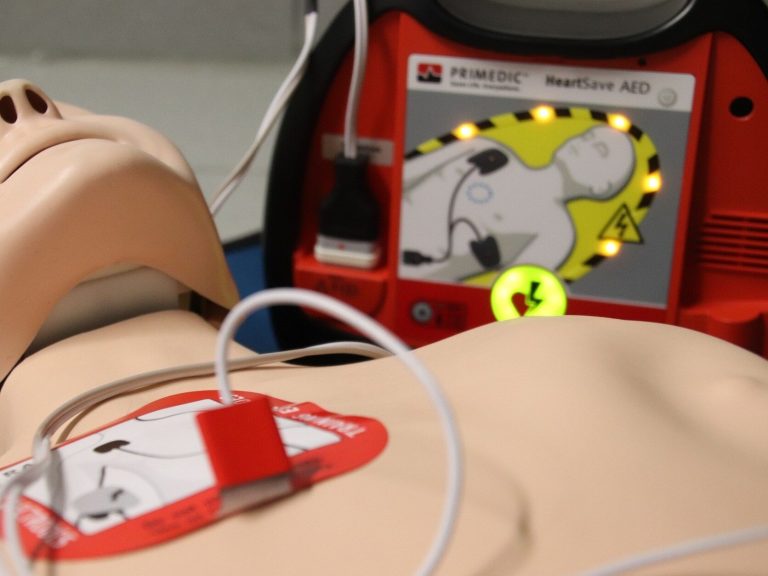Allergy to fabric softener. What does it manifest and how to deal with it?

Allergies to fabric softener are much more common than a dozen or so years ago. What symptoms does it cause and how to deal with it? Check.
You put on a freshly washed T-shirt and suddenly you start scratching and unsightly spots appear on your skin? Fabric softener may be to blame. It settles on the fibers of the material, causing many unpleasant reactions in the body – both in children and adults. It is worth noting that in accordance with the 2009 regulation of the European Parliament and the Council of Europe, manufacturers of cleaning products do not have to provide the full composition of their products on the label. Therefore, the consumer does not really know what is in them. Fabric softeners often contain various types of emulsifiers, solvents, dyes, preservatives, fillers and flavorings. All these compounds may potentially cause allergic reactions.
Allergy to fabric softener – symptoms
An allergy to fabric softener can be recognized primarily by skin lesions that appear after the body comes into contact with a given material. These usually take the form of blisters or a rash. They are accompanied by redness and itching. The skin becomes dry and rough. It often bursts, which leads to painful wounds. It is worth emphasizing, however, that the allergy does not have to concern only the skin. The smell of cleaning products can also cause many undesirable reactions, such as tearing or burning of the eyes, drying of the mucous membranes of the nose and throat, coughing, shortness of breath, etc. In the most severe cases, an allergy to fabric softener leads to generalized skin inflammation and even anaphylactic shock.
How to deal with an allergy to fabric softener?
Any disturbing symptoms or skin changes should be consulted with your primary care physician, who will prescribe an appropriate course of action. In case of allergy to fabric softener, glucocorticosteroids, emollients and moisturizing ointments are usually used. Sometimes it is necessary to undergo so-called desensitization, i.e. administering doses of a prepared allergen to the patient (first small, then slightly larger) so that the body can “get used to” a given compound. However, allergic people should refrain from using chemical fabric softeners and replace them (if they feel the need) with products based on natural, ecological ingredients.
Sources:
-
R. Śpiewak, Contact allergy – diagnosis and treatment, “Alergia, Astma, Immunologia” 2007, no. 12(3), pp. 109–127.,
-
B. Kręcisz et al., Allergic contact dermatitis, “Alergia” 2014, no. 1, 19–24.
-
K. Miksa et al., Presence of fragrance allergens in selected cosmetics, “Problemy Higieny i Epidemiologii” 2016, no. 97(2), pp. 161–165.
-
viamedica.pl
-
Instagram/healthyhome






